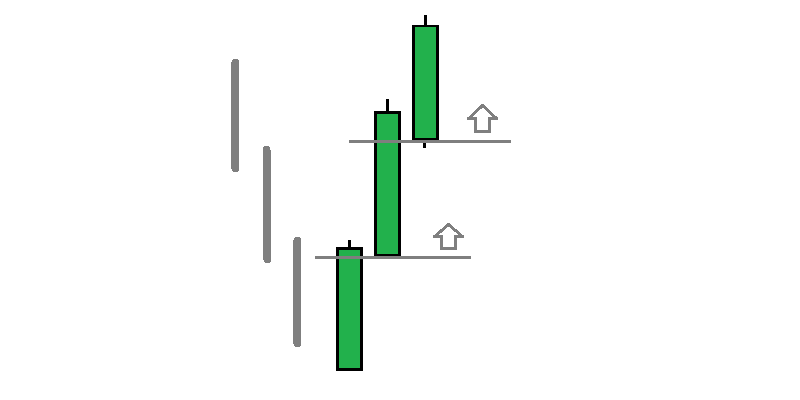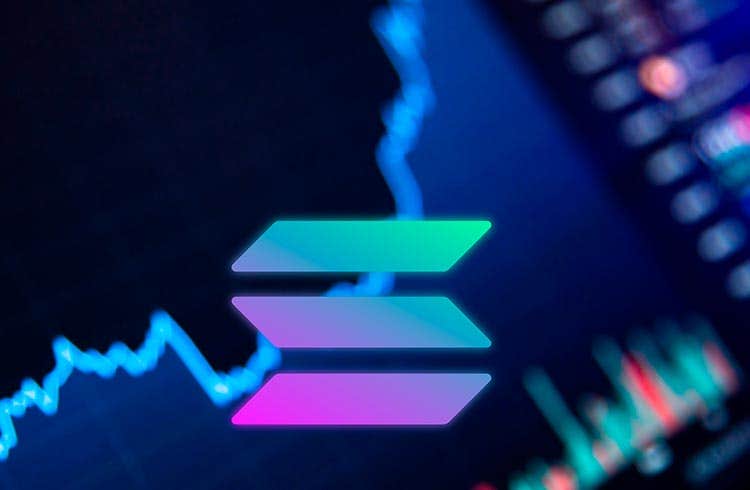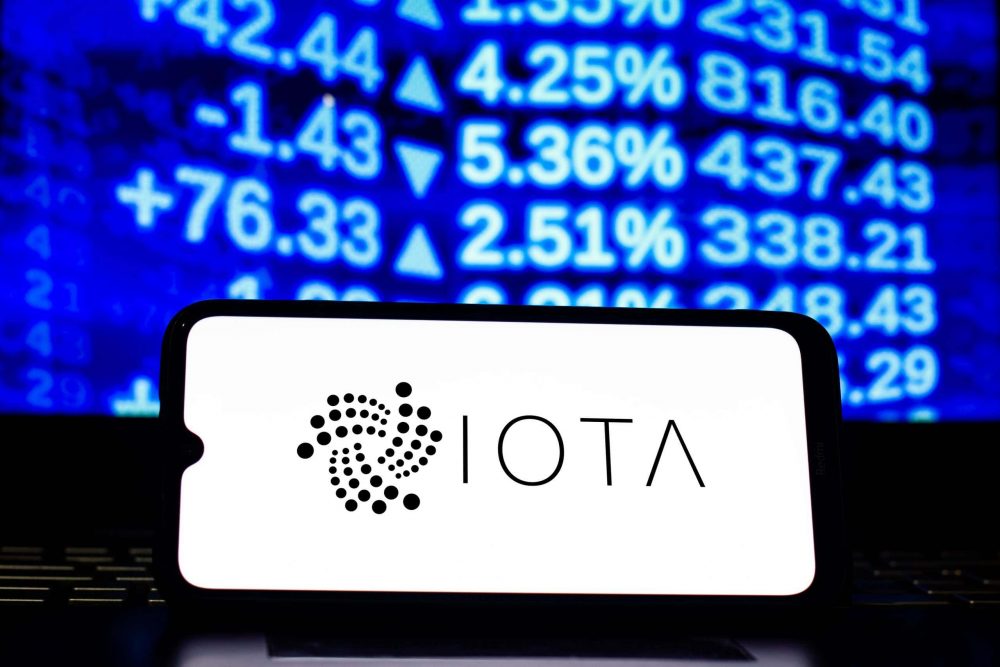Table of Contents

The world of cryptos and trading is full of slang and technical terms whose meaning may not be clear at first reading. Here’s an explanation of the most common repetitive words.
A
Altcoin (alternative coin) – all cryptocurrencies except Bitcoin
ATH (All time high) – the historical maximum reached by the cryptocurrency
ATL (All time low) – The historical minimum
Arbitrage – taking advantage of the difference between cryptocurrency values on individual exchanges – you buy cheaply on one exchange and sell expensive on the other.
C
Correction – after a large growth or fall, the market usually overwrites, people start to take profits (in case of a fall they start buying at a low price) and the chart goes in the opposite direction.
Capitalization – number – value of the cryptocurrency times the number of coins in circulation
Cup and handle – price pattern on bar charts resembles a cup and handle where the cup is in the shape of a “U” and the handle has a slight downward drift.
A cup and handle is considered a bullish continuation pattern and is used to identify buying opportunities.
Traders should place a stop buy order slightly above the upper trend line of the handle.
D
Dump – big slump
DLP – low – the lowest point of the graph or the local minimum
Downtrend – decreasing trend – it can usually be identified as a series of increasingly lower local min and max
F
Fib retracement level – A Fibonacci retracement is a term used in technical analysis that refers to areas of support or resistance. Fibonacci retracement levels use horizontal lines to indicate where possible support and resistance levels are. Each level is associated with a percentage. The percentage is how much of a prior move the price has retraced. The Fibonacci retracement levels are 23.6%, 38.2%, 61.8% and 78.6%. While not officially a Fibonacci ratio, 50% is also used.
FOMO (Fear Of Missing Out) – Originally, this acronym was created at the time of the emergence of large social networks. Some people were constantly watching the phone because they were afraid they would miss something. In the case of crypto, this abbreviation is usually declining when the value of cryptocurrencies is rising rapidly and people jump into the market even in very disadvantageous positions because they are afraid of losing their profits.
FUD (Fear, Uncertainty, Doubt) – this abbreviation is usually mentioned at a time when uncertainty prevails in the market and is driven by bad news and hoaxes
H
High – the highest point of the graph or “local maximum”
HODL – misspelled english word hold, which is very popular in cryptoworld. Historically first use of this word was recorded on Reddit just after the big fall of Bitcoin in 2013 (95% crash) – I am hodling
L
Low – the lowest point of the graph or “local minimum”
Low cap coin – cryptocurrency with low market capitalization
M
Market cap – value of cryptocurrency times the number of coins in circulation
O
Orderbook – all orders to buy and sell a given cryptocurrency on the exchange.
P
Pump – Pouring huge capital into a cryptocurrency (usually with low capitalization), which causes a massive increase in the value of the coin
Pump & Dump Scheme – A way to make money on unsuspecting people, basically a narrow group of people pump up a low cap coin and the FOMO effect forces other people to join. People who started the pump will then sell their coins and profit. Avoid similar groups and suspect coins. Sooner or later you will lose your money. It is basically market manipulation and theft of other traders.
Pay wall – Large order (buy or sell) at a certain value. For example, someone would buy a 10,000 BTC at $ 15,000 to create a pay wall, and in order for Bitcoin to fall below that price, people must buy all of the $ 10,000
R
Resistance – the area in which the value of the cryptocurrency encounters high resistance as it grows. In other words, when they reach a certain value, people start to take profits (sell) and the price of cryptocurrency may bounce off this area and start to fall. It is determined based on historical data and current situation in the orderbook.
S
Stochastic indicator – momentum indicator, which shows the position of the most recent closing price relative to the previous high-low range. The indicator measures momentum by comparing the closing price with the previous trading range over a specific period of time. The stochastic indicator does not follow the price or volume of the underlying currency pair, but the speed and momentum of the price.
Support – the opposite of resistance, that is, the value at which people buy their cryptocurrency and thus increase its price. Upon support, there is a high chance that the cryptocurrency will rise and its price will stabilize somewhere above the support. Support is determined based on historical data.
T
Three White Soldiers Formation is considered to be one of the strongest signals of turn the downward trend, especially if formed after a long period of decline and short market consolidation. It consists of three large consecutive bullish (green) candles.

Trend – a general direction in which the value of a cryptocurrency decreases over time – an uptrend or a downtrend
- Michaël van de Poppe: Bitcoin to Hit $500,000 This Cycle? 🚀💸 Or Just Another Crypto Fairy Tale? - December 21, 2024
- What is the Meme Coin Bonk, Price Predictions 2025–2030, and Why Invest in BONK? - December 18, 2024
- BNB Price Analysis: 17/12/2024 – To the Moon or Stuck on a Layover? - December 17, 2024























